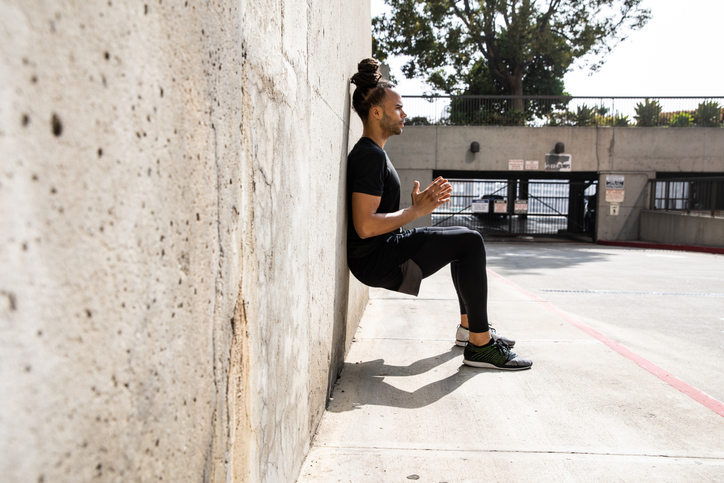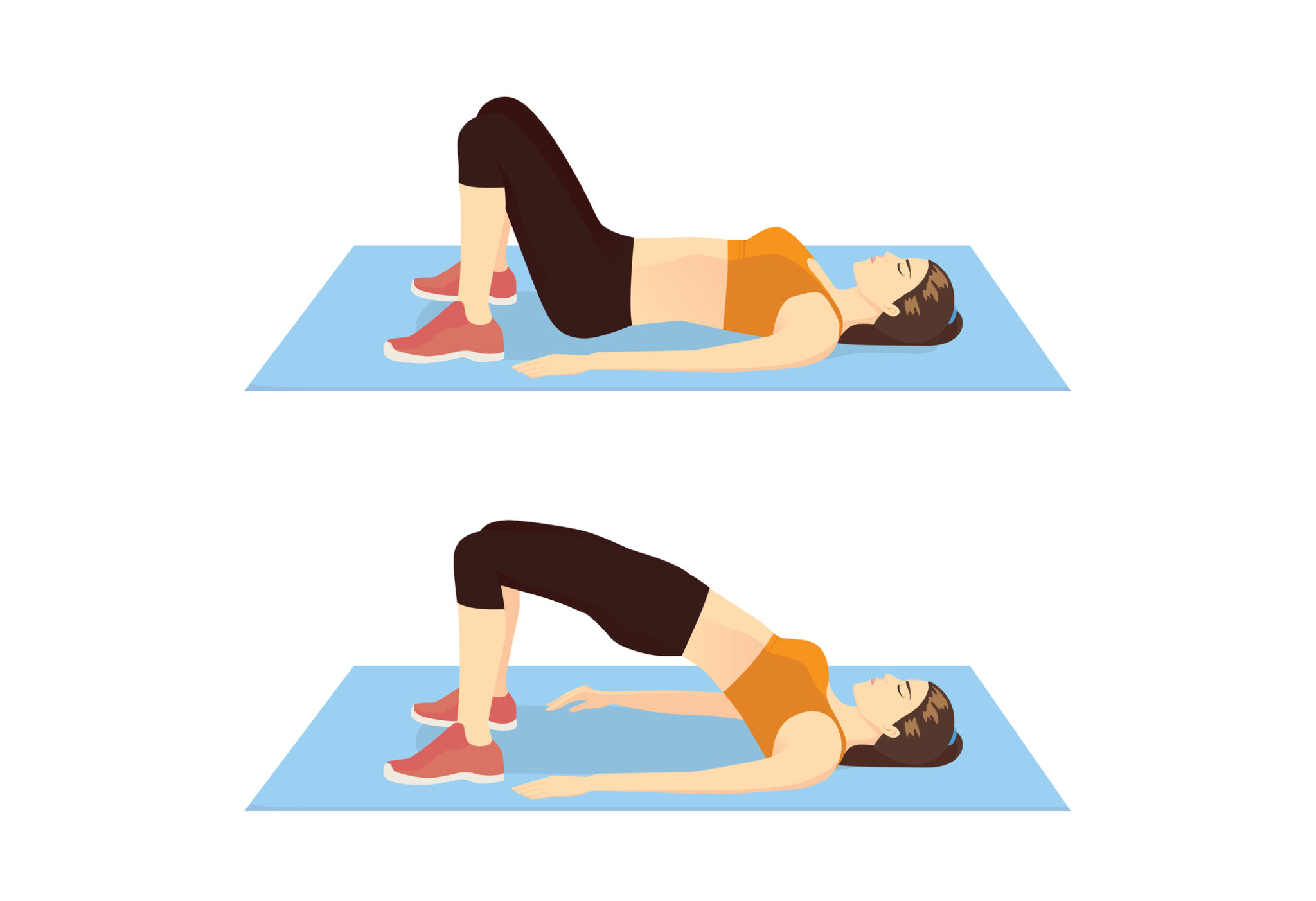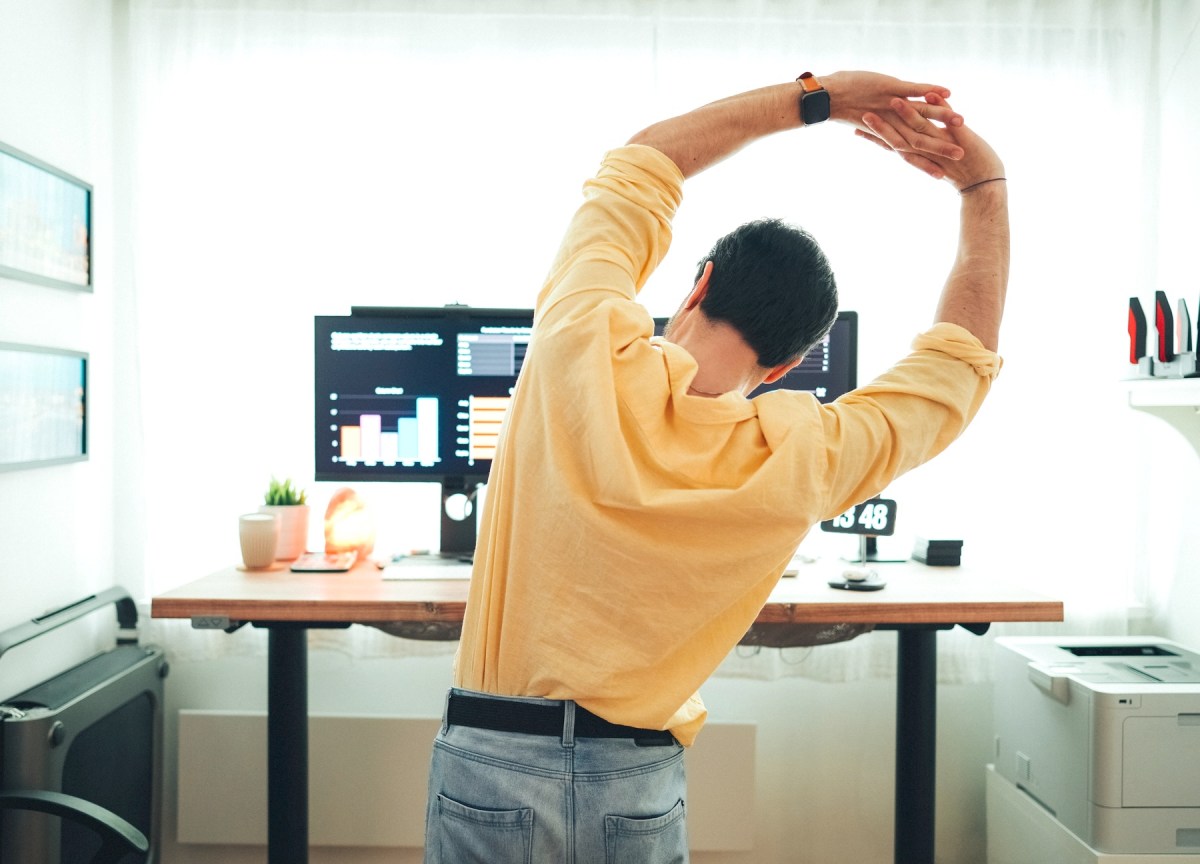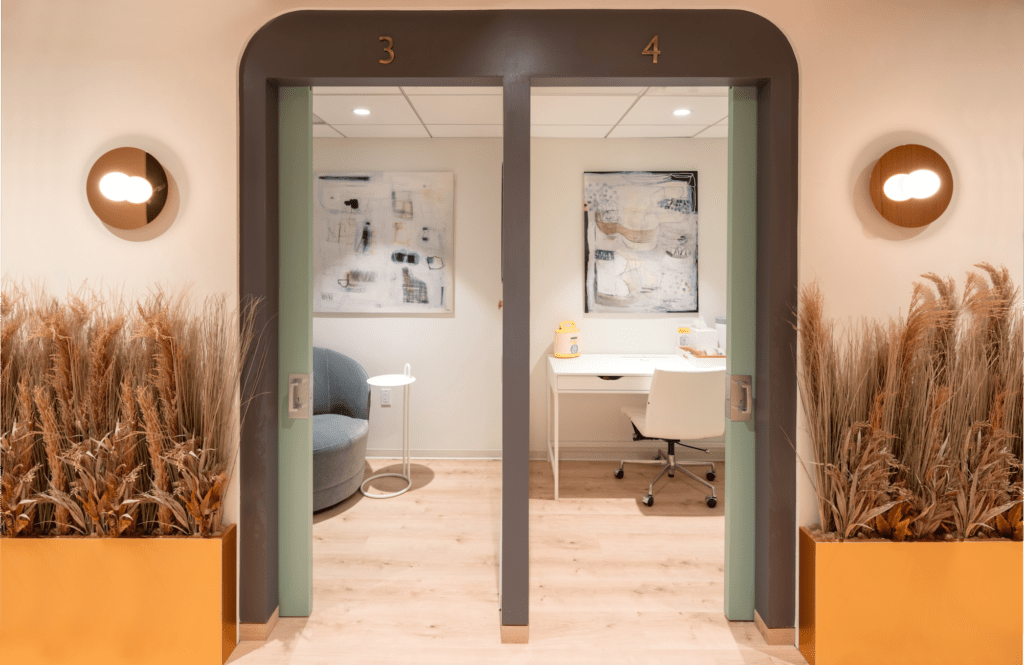A recent study published in the British Journal of Sports Medicine found that isometric exercises can be an effective, non-pharmacological way to lower blood pressure. But what are isometric exercises? Per the Mayo Clinic, these strengthening movements involve tightening or contracting a muscle without moving any joints or lengthening the muscle. Planks, wall sits, and leg lifts are all good examples.
For the study, researchers looked at 270 different clinical trials with a total of 15,827 participants. They found that, compared to aerobic exercise, dynamic resistance training, and high intensity interval training, isometric exercises were the most effective at lowering both systolic and diastolic blood pressure.
That doesn’t mean you have to completely revamp your workout routine, though, and not everyone will be able to do these exercises right away — the most important thing is to start small and continue finding joy in movement.
“We know that those who take on exercise they enjoy tend to carry on for longer, which is key in maintaining lower blood pressure,” Joanne Whitmore, a senior cardiac nurse at the British Heart Foundation, told The Guardian.
RELATED: The Best Free Online Yoga Classes for Older Adults
We’ve compiled some how-tos on five isometric exercises you can try, most of which can be done without any equipment and all of which can be adjusted to your particular needs. Some suggestions before proceeding: It’s quality over quantity with these moves, so focus on having good form over pushing yourself to the limit — and if something doesn’t feel right, that’s your body telling you to stop. As always, be sure to consult a healthcare professional as needed before changing up your workout routine.
Wall Sits
Demonstrated in the photo above, wall sits are a great isometric exercise for people who struggle to balance without support — though you will feel the quad burn pretty quickly with these. Aim to form a right angle at your hips and knees, with your knees directly above your ankles, your back flat against the wall, and your heels planted firmly on the ground. If that’s too intense, you can take some of the pressure off by making more of a 45-degree angle. Try holding for 30-60 seconds, and remember to rest between reps.
Planks
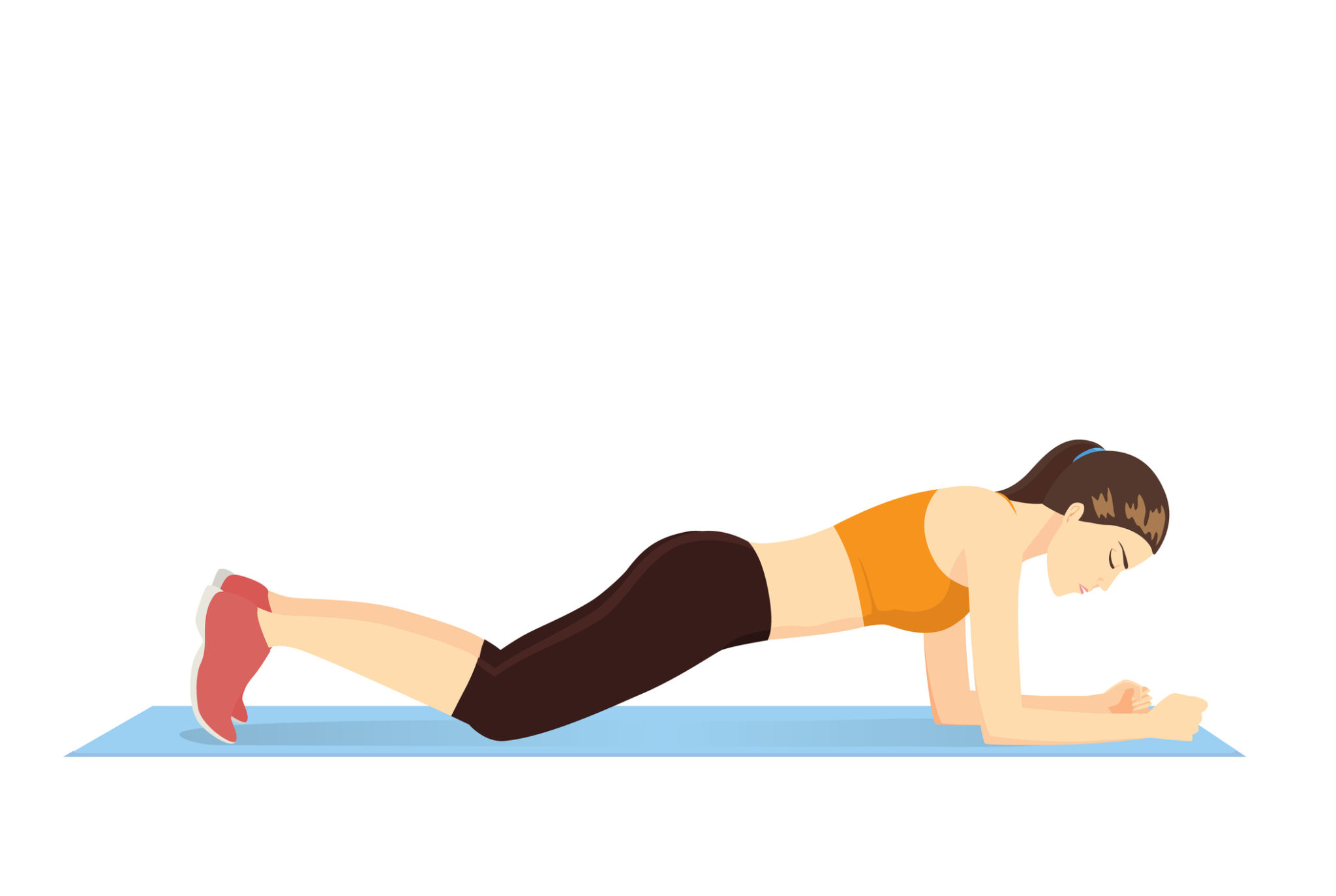
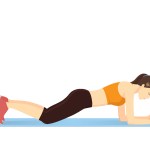
Anyone who suffered through junior high gym class has likely done a plank, but we’re here to tell you the classic core exercise doesn’t have to be miserable. For one, there are several modifications you can make, like lowering to your knees, as seen here. The important things to remember for this move are engaging your abdominal muscles and focusing on creating a straight line from your ears to your toes (think: plank of wood). That means avoiding sagging your hips or arching your back. For an added challenge, you can press into your hands instead of your forearms — and if that’s not enough, consider getting your obliques involved and try a side plank.
Start small, holding for 5-10 seconds at a time, and then work your way up to longer.
Leg Lifts
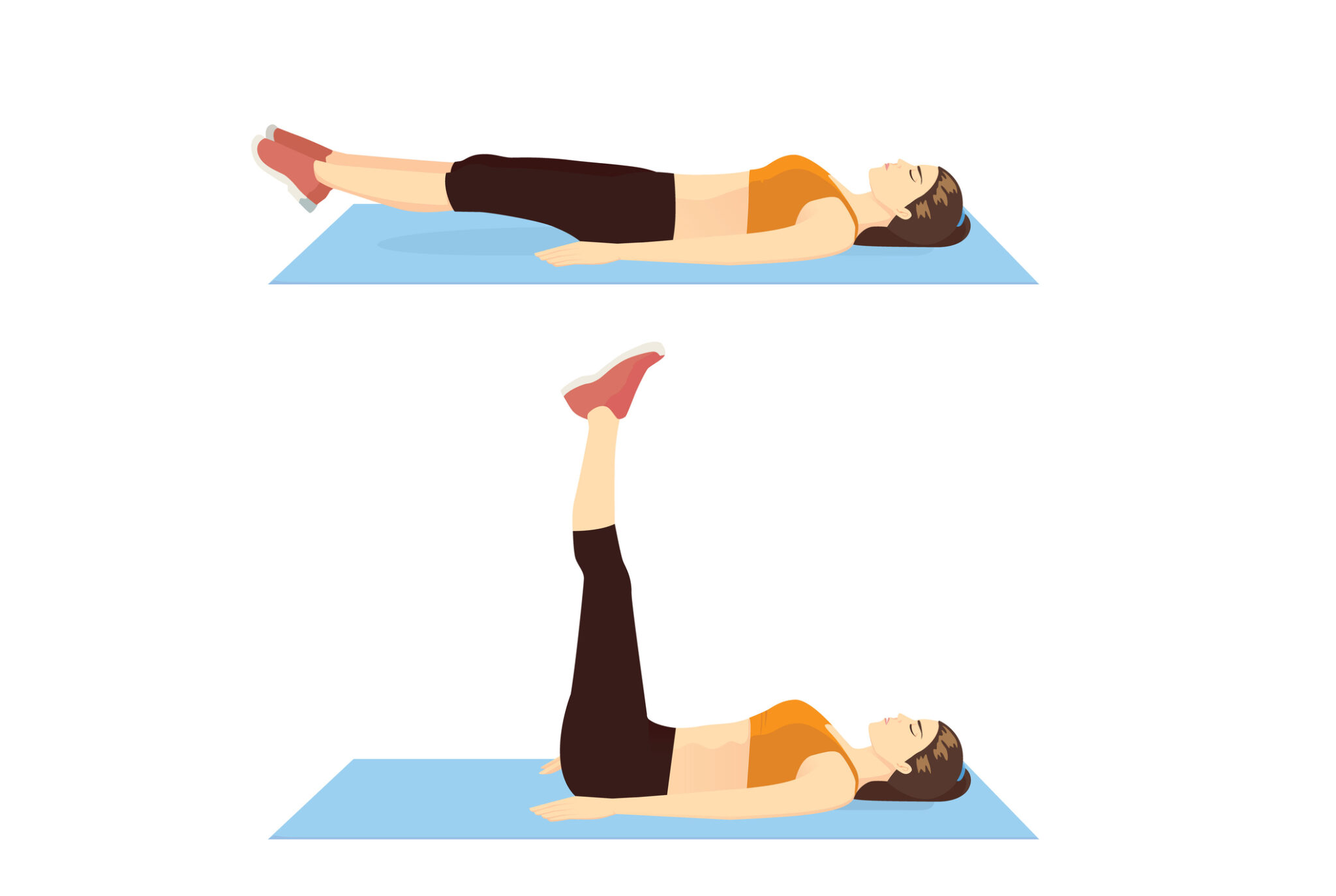
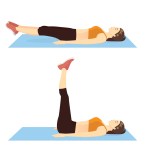
This isometric exercise has a bit more movement than some of the others, but it’s definitely slow and controlled. Start on your back with both legs lifted at a 90-degree angle (some bend in the knees is OK). Then slowly lower your legs as low as you can without arching your back at all — you may only go a few inches at first, but it’s important to keep the back pressed to the floor to maintain proper form and avoid injuring yourself. Try doing sets of 10-15 at a time.
Bridge

You’ll also start on your back for bridge, but plant your feet on the ground so your knees are bent. Then, simply lift your hips to create a straight line from your knees to your shoulders. Hold for 30 seconds (remembering to take deep breaths) before slowly lowering and going again.
Overhead Hold
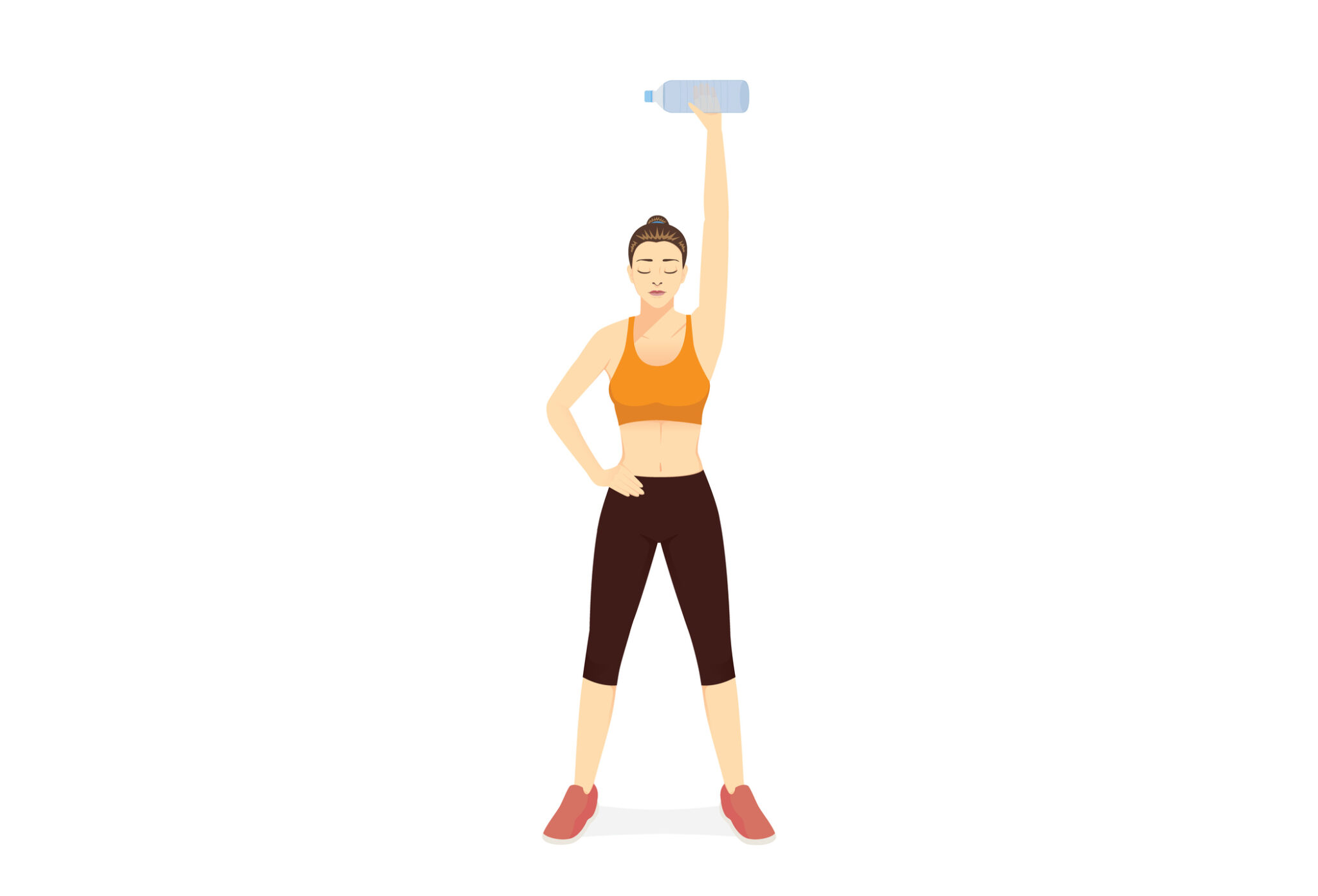
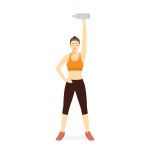
This is the only exercise on this list that requires equipment, but the good news is that you probably have something around your house that will work. Grab a light to medium weight — a dumbbell, kettlebell, some cans of soup, or even a full water bottle all work — and you’re good to go. You’ll want to hold the item steady above your head with your arm(s) fully extended for 20-30 seconds at a time. You can do this with both hands holding the weight, or try one at a time.
